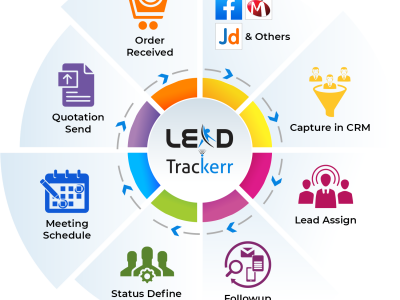Edge computing refers to computing conducted at or close to the data source, limiting the necessities of processing data from far-off data centers. It is a distributed computing architecture that takes business applications near data sources such as local edge servers or IoT devices. The nearness to data sources provides strong benefits to enterprises, such as faster response times, improved bandwidth availability, and faster insights.
Today, data is the cornerstone of modern businesses, offering useful business insight and providing concurrent control over crucial business operations and procedures. Today, businesses thrive in a sea of data. Large sets of data can be routinely collected from IoT devices and sensors operating in real-time from far locations away from civilization in almost any location in the world.
However, this virtual data flow has revolutionized computing in businesses. In a world of infinite rivers of real-time data, the traditional computing system cannot handle such data as it is based on monopolizing one central data center. Unpredictable network interruptions, bandwidth limitation, and latency problems can all work to limit such efforts. Thus, in response to such challenges, businesses have adopted edge computing architecture.
How does Edge Computing Work
Edge computing is largely location-based. Data production occurs at the client’s endpoint in conventional business computing, such as the user’s computer. Data is transmitted through a wide-area network (WAN) such as the internet across the corporate local-area network (LAN), where data storage occurs through an enterprise application. Thereafter, results are transmitted back to the client endpoint. This serves as a proven and validated process of client-server computing for most normal enterprise applications.
The traditional data centers are being drowned by the heavy volume of data being produced by an increasing number of devices connected to the internet. Gartner estimates that by 2025, three-quarters of business-generated data will be created remotely off the centralized data centers. The possibility of transmitting a lot puts a heavy load on the global internet and may lead to disruptions and congestion. Thus, IT experts have changed focus from the single main data center to the “edge” of the system, bringing computing and storage resources from central data centers and moving such resources to data sources.
Why is Edge Computing Important
Computing tasks require suitable infrastructure, while the infrastructure that serves one type of computing task might not necessarily serve other types of computing tasks. Thus, edge computing has emanated as a practical and crucial infrastructure that reinforces decentralized computing, deploying computing at or closer to the data source.
However, the distribution of computing is not an easy task as it requires high levels of control and monitoring, which are easily bypassed when shifting from the traditional computing model. Edge computing remains relevant because it provides a practical solution to the various pop-ups of network problems linked with transmitting large amounts of data produced and consumed by today’s businesses. Thus it tackles three major network limitations: latency, bandwidth, and congestion or reliability.
l Bandwidth
It refers to the amount of data that can be carried by the network over time, usually illustrated in bits per second. All networks experience limitations in their bandwidths, and this is even higher in wireless networks. Therefore, only a limited amount of data or devices can use the network at any particular time.
l Latency
This refers to the time required to exchange data between two stations in a network. While communication resembles the speed of light, network congestion combined with great geographical distances can delay the movement of data throughout the network. This limits any analytics or decision-making process resulting in the overall reduction in system response. This might even lead to accidents in the case of self-driving cars.
l Congestion
The internet is composed of worldwide networks. While the daily general-purpose computing has improved over the years, such as streaming and file exchanges, the amount of data exchange involved and the billions of devices connected can sometimes drown the internet resulting in high congestion, which leads to delays and data re-transmission.
What is Edge Computing used for
Edge computing techniques are used to gather, sieve, process, and analyze data at or near the edge of the network. It’s a powerful tool for processing data that cant be transmitted to a central location because of the high cost, violation of compliance requirements, and the impracticability of moving large volumes of data. Therefore, such problems have led to various important uses of edge computing.
a. Manufacturing
Edge computing has been used in monitoring manufacturing by enabling machine learning and concurrent analytics at the edge to identify errors in production and thus improve the quality of manufactured products. Edge computing enables the inclusion of environmental sensors across factories, offering crucial knowledge in how each product element is fabricated and stored and the length of time they remain in-store, thus, easing inventory issues.
b. Transportation
Self-driving cars such as Tesla require and produce between 5TB to 20TB every day, collecting data regarding the status of the car, speed, road conditions, location, and traffic conditions. This information must then be compiled and examined concurrently while the vehicle is moving. Thus, these vehicles must have appropriate onboard computing, thus making each self-driving vehicle an “edge.”
c. Workplace Safety
Edge computing has the ability to consolidate and examine data from on-site cameras to improve workplace safety. Employee safety instruments and other sensors can enable businesses to supervise workplace conditions and follow up to ensure employees adhere to set safety guidelines.
d. Improved Healthcare
The amount of data gathered by the healthcare sector from patients through medical appliances, devices, and sensors has increased the amount of patient data available. Such large amounts of data need edge computing to employ machine learning and automation to examine the data, rule out “typical” data and point out problematic data to enable medical practitioners to take prompt action for the benefit of their patients.












Comments